Breathing Room: Thanksgiving Day Emergency Cooking Aid
[NB: check the byline, thanks. /~Rayne]
Someone in my social media feed suggested in a few years it would be obvious artificial intelligence was to the internet what microplastics are to the environment.
Another pundit cracked wise yesterday about AI, wondering how many cooking disasters would happen today because folks relied on answers they found on the internet.
The amount of crap out there on the internet generated by AI is already dangerous. It’s not helped by the business models search engines and browsers use to elevate content.
The biggest challenges on Thanksgiving are generally about cooking a turkey. Butterball brand has answered related questions for years now and is trustworthy source because their brand is at stake – they’re committed to your positive turkey cooking experience.
But here’s the nature of the problem: if you should search Google for “Butterball turkey how to” the top result is goddamned dead bird site X.
You can’t blindly trust cooking information off X right now; there’s simply too much false information and spoofed accounts. This scenario should also tell you something about X: they spent a huge wad of cash to be the first search result instead of spending money on moderation to fight back the proliferation of crap on X.
Go directly to Butterball.com instead, double checking the URL to make sure you didn’t enter a typo.
The same goes for instructions on any brand name product – don’t search for them without first going directly to the brand’s site.
The next best alternative for information is going directly to food and cooking sites you’re already familiar with and trust – like
foodnetwork.com
bonappetit.com
allrecipes.com
whatscookingamerica.net
seriouseats.com
thekitchn.com
marthastewart.com
saveur.com.
These links are not endorsements, merely shared for ease of access and AI avoidance. One personal exception is whatscookingamerica.net — this has been my favorite site for cooking prime rib and standing rib roast. Never had a bad meal relying on their information.
~ ~ ~
If you’re one of those folks who need help today, feel free to ask in comments here if you don’t trust the results you’ve received online. The community here is pretty good at finding factual material.
I’ll offer something tried-and-true which I’ve made in volumes to keep on my shelf after forgetting to buy pumpkin pie spice mix one year but needing it at the last minute.
Pumpkin Pie Spice Mix
Per pie:
1 teaspoon ground cinnamon
1/4 teaspoon ground nutmeg
1/4 teaspoon ground ginger
1/8 teaspoon ground cloves
Sometimes I add more ginger and cloves for a spicier tasting pie.
Don’t have pumpkin pie spice mix, but also don’t have all those ingredients? Do what you can with what you have on hand, be creative. Add more vanilla to the pumpkin batter, maybe even add some finely grated lemon rind to replace the ginger.
And if your guests don’t care for the result, blame AI search results.
Then go to penzeys.com and order their pumpkin pie spice mix to restock your shelf. That’s another tried-and-true resource.
One more warning: there has been a proliferation of phishing in search engines using the same technique the dead bird site applied, only buying “sponsored” slots at the top of results pages.
As a rule I never, ever click on “sponsored” links anymore. Too many have been bought by crooks who spoof a similar-looking domain name, use nearly identical content matching real brands, and then attack folks who click on their fallacious link.
~ ~ ~
Other emergencies which may occur on Thanksgiving:
– If you are going to attend a family event at which there are persons who make you uncomfortable, plan ahead for an emergency exit. Organize an “emergency” call or text placed by a trusted friend at a specific time(s) so that you can gracefully leave before things get worse.
– Fires are the most common accident on Thanksgiving. Make sure flammable non-food items are kept clear of the stove or grill. Have a box of baking SODA (never powder) or salt for small grease fires, sprinkling the powder directly on the flames and not from the side. A pot lid may also work to suffocate small fires. Keep ready an appropriate fire extinguisher on hand though once used the cooking area will be contaminated. Better to prevent fires including avoiding overloading electrical outlets and power strips. Can’t hurt to read this overview before getting too deep in the kitchen: https://lifehacker.com/how-to-put-out-every-kind-of-kitchen-fire-1849732334
– Burns and cuts are the most common kitchen injuries on Thanksgiving Day. Make sure you have your first aid kit at hand. Go to this link for more information about treating injuries: https://www.webmd.com/first-aid/kitchen-first-aid
– Know where to take injured if the person needs more help than you can offer. What’s the closest emergency room or urgent care facility? Have you checked the route from your house for recent road construction? I mention this because a couple friends have had to drive to the ER during the last two weeks, one in the middle of the night. Thank goodness there wasn’t any impediment on the road.
– Learn unexpectedly you’ve been around someone who has COVID? Get away from them, leave closed spaces. Viral load matters; the more virus particles, the sicker you are likely to become even with a vaccine or booster, though vaccine/booster makes it far more likely you’ll have a mild to asymptomatic case. Gargle with salt water and use a saline nasal spray immediately after an unexpected exposure to reduce the amount of virus particles in your throat; saline lavage regimens have reduced illness due to COVID (see https://acaai.org/news/new-study-gargling-with-salt-water-may-help-prevent-covid-hospitalization/). And for gods’ sake wear an N95 mask in public shared spaces with persons whose health status you don’t know because the pandemic isn’t over no matter how much corporations want you to believe otherwise.
~ ~ ~
Got any tips you want to share for last-minute problems on Turkey Day? Share in this open thread.


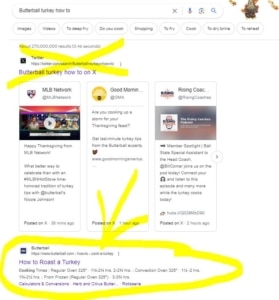

![[Photo: Paul Rysz via Unsplash]](https://www.emptywheel.net/wp-content/uploads/2017/08/SolarEclipse_PaulRysz-Unsplash.jpg)
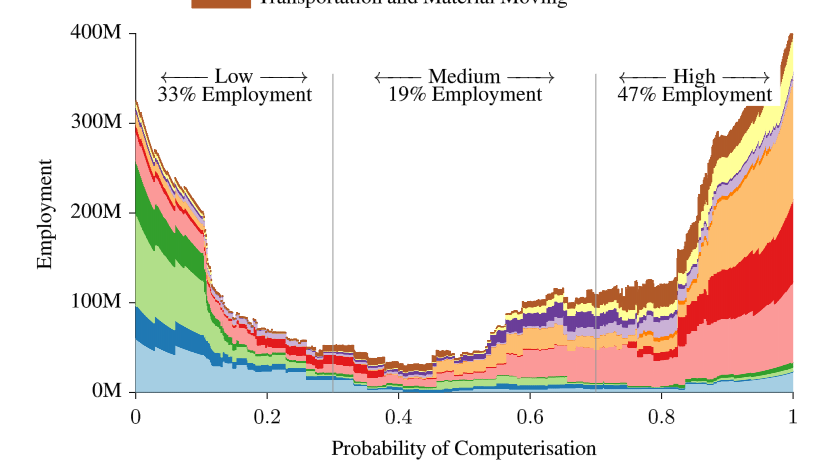
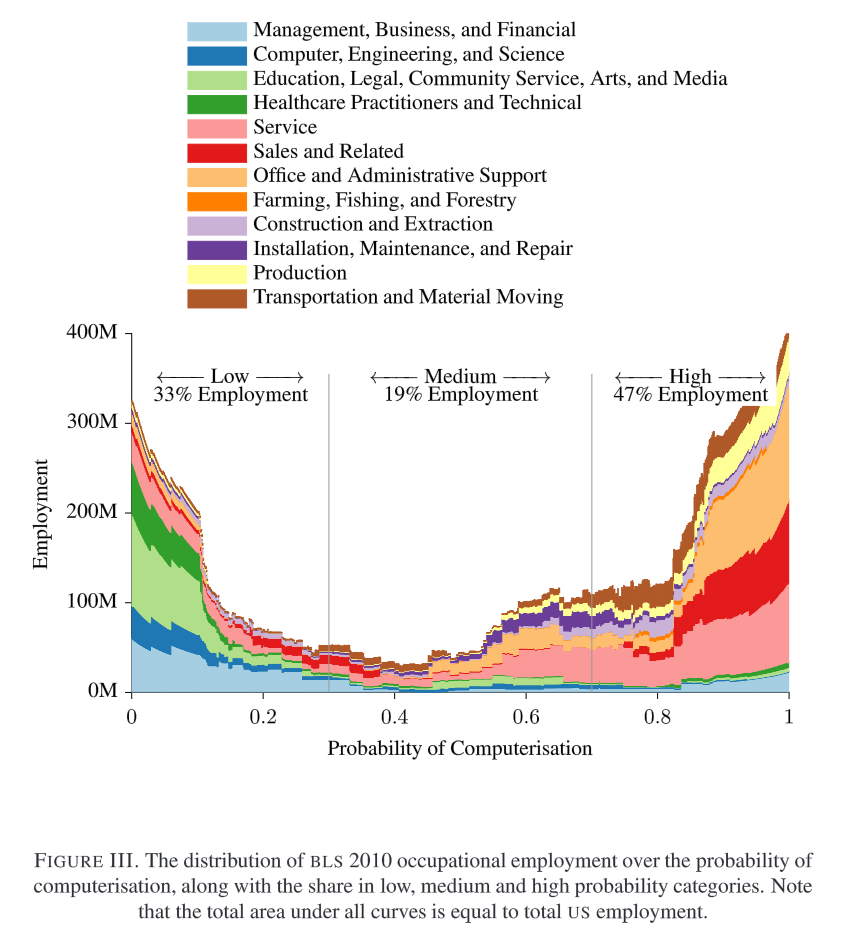

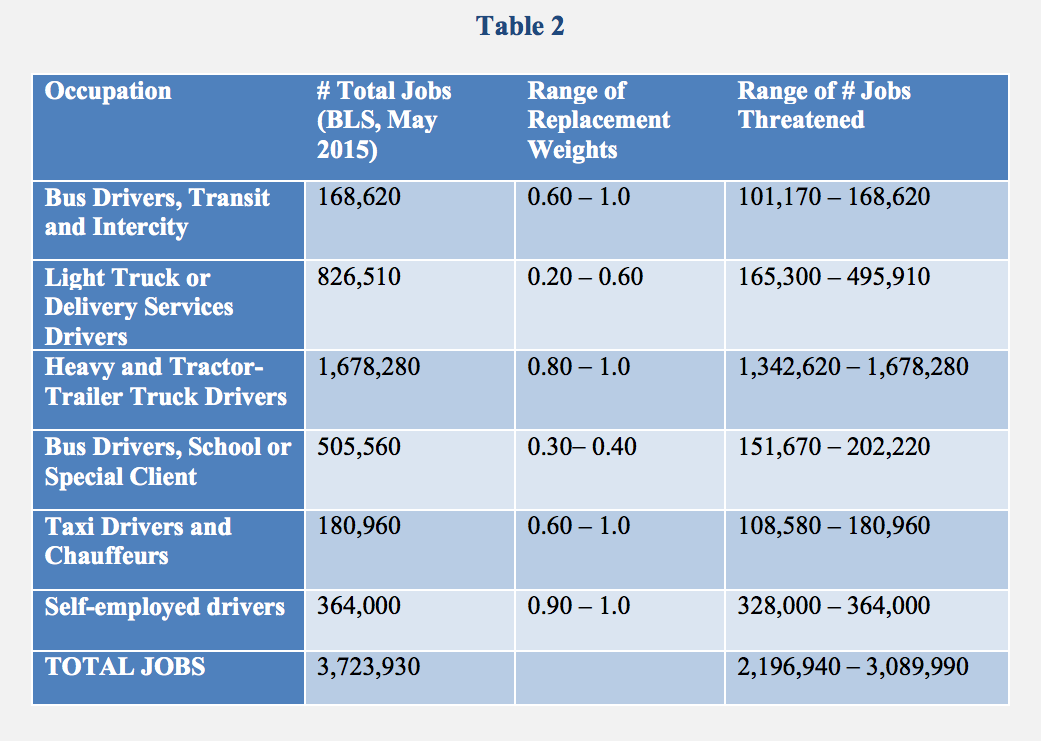
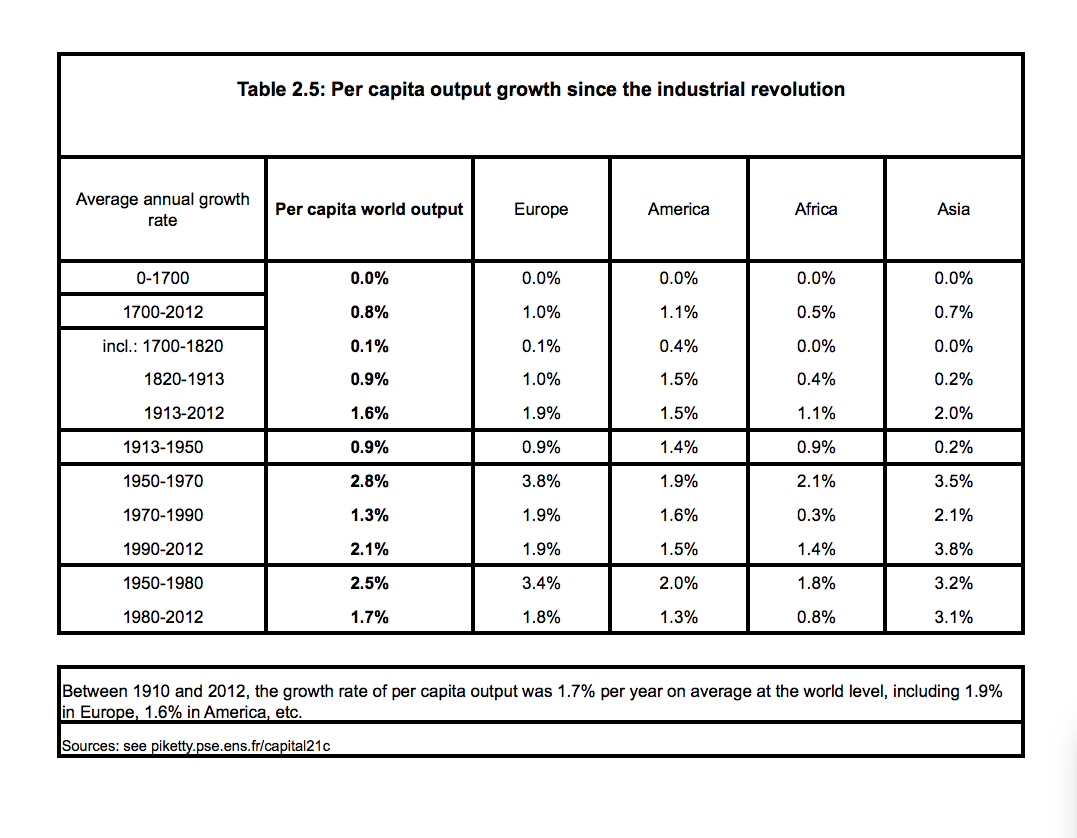



![[photo: macwagen via Flickr]](https://www.emptywheel.net/wp-content/uploads/2015/09/VWBug_macwagen-Flickr.jpg)